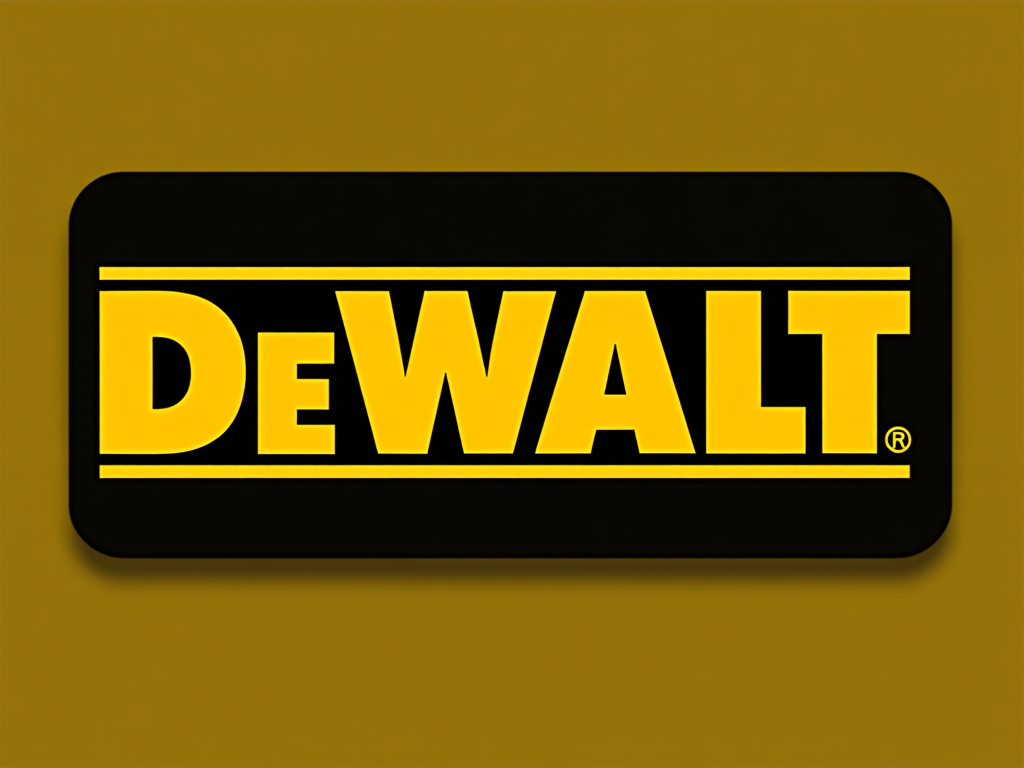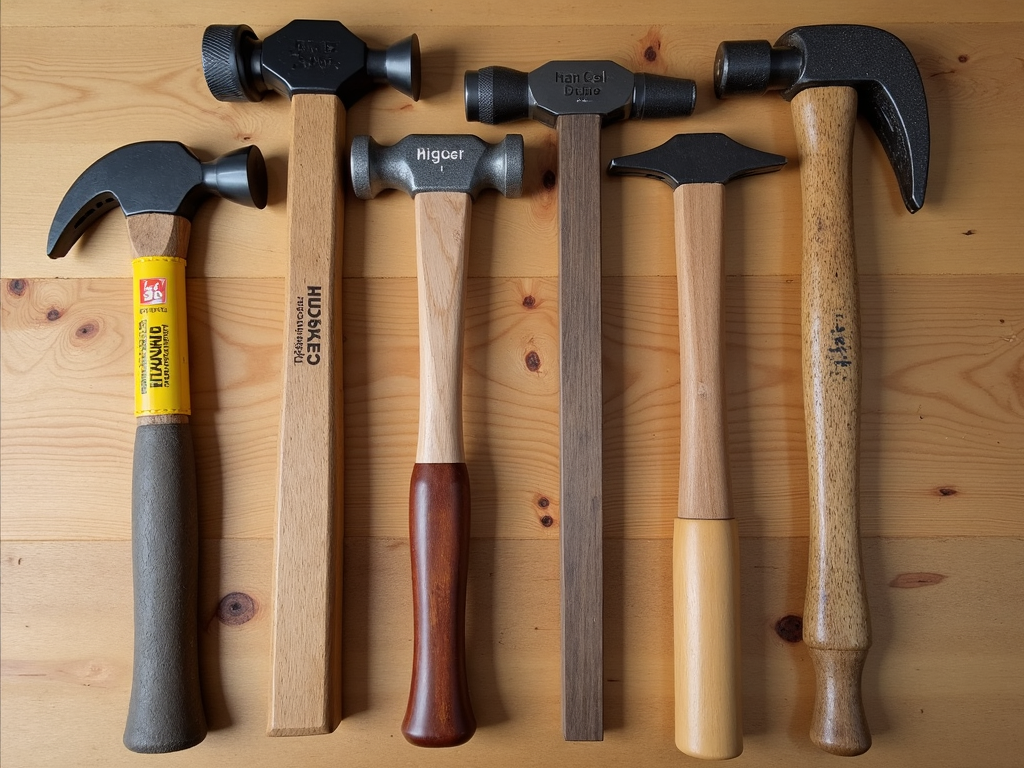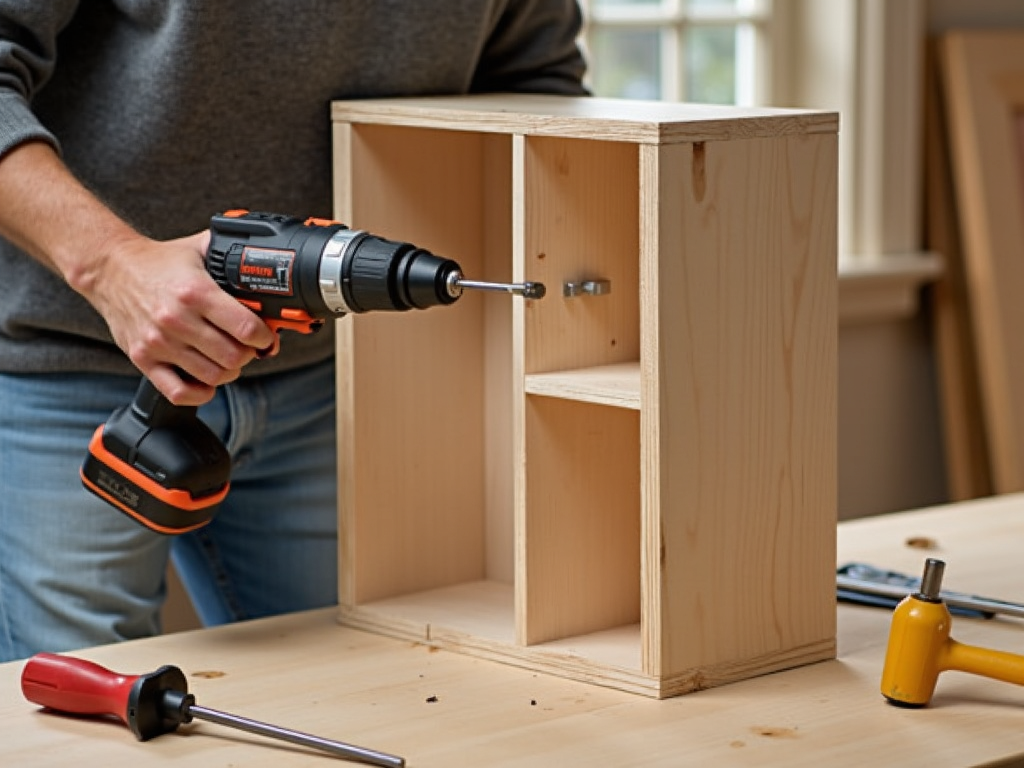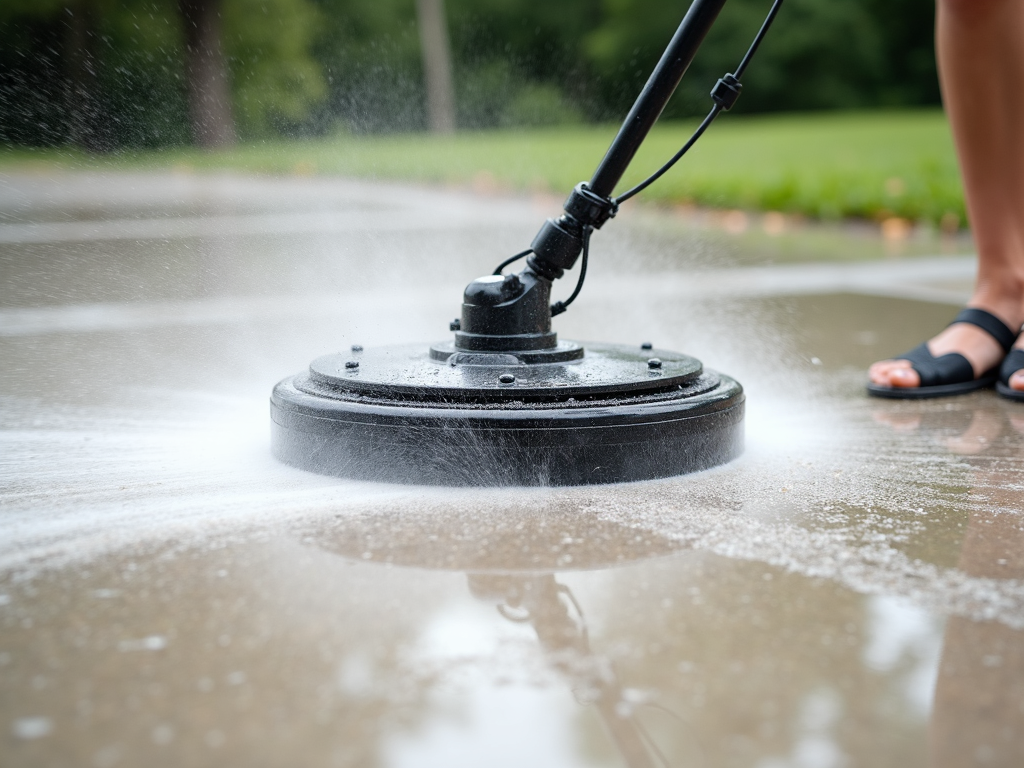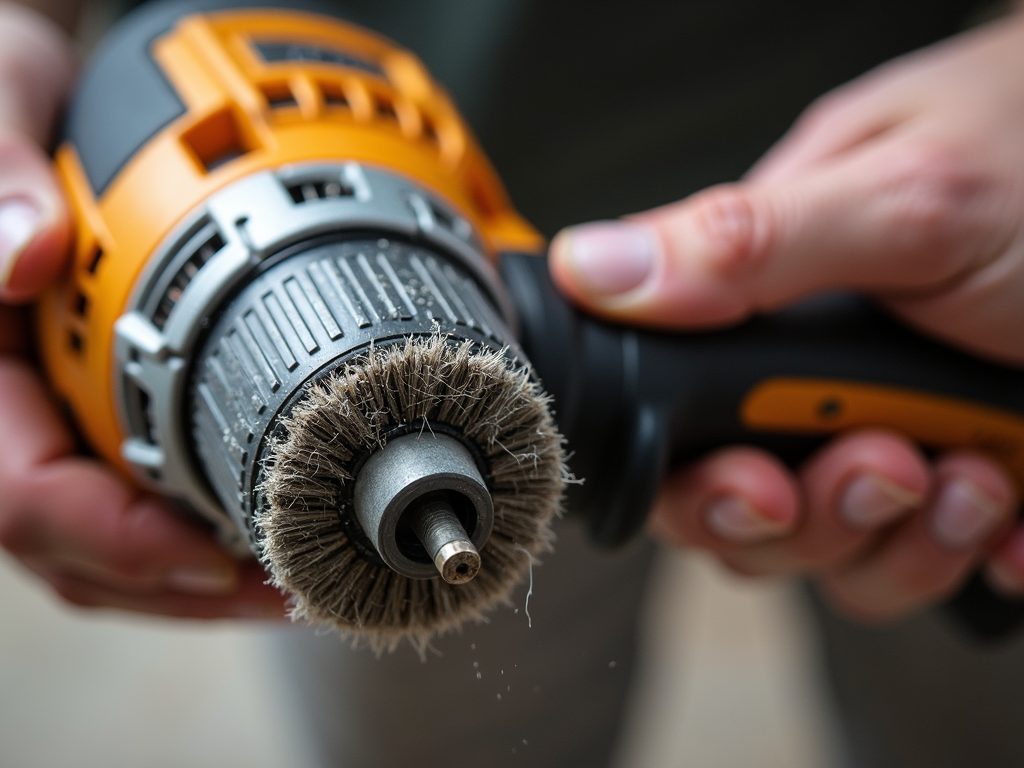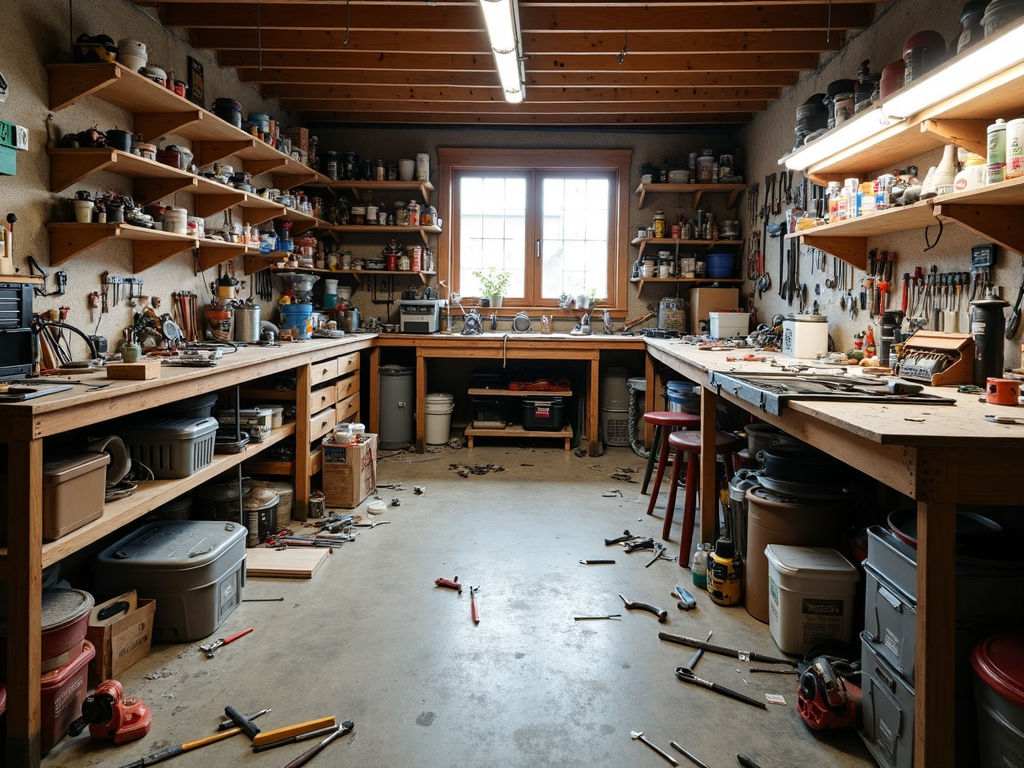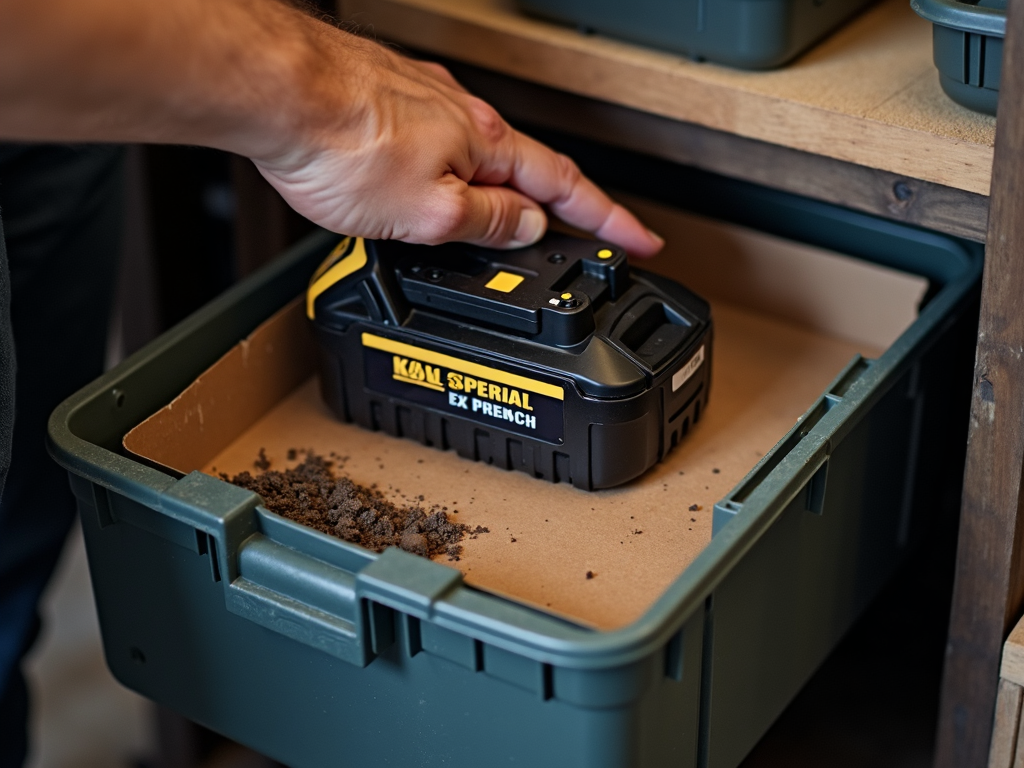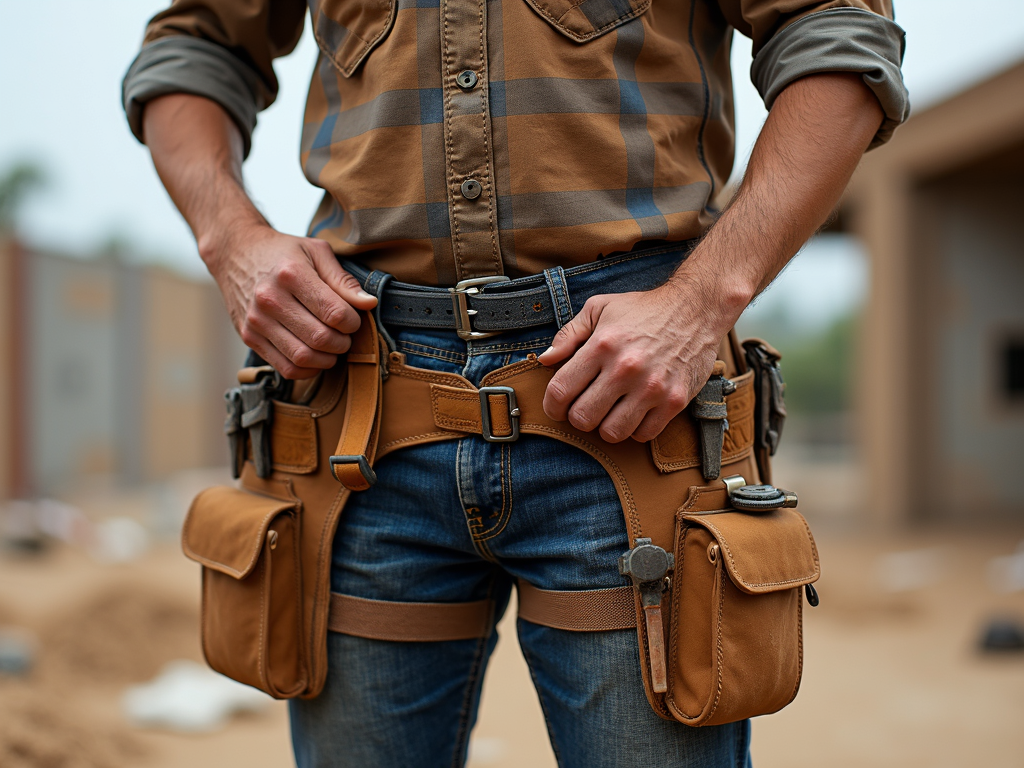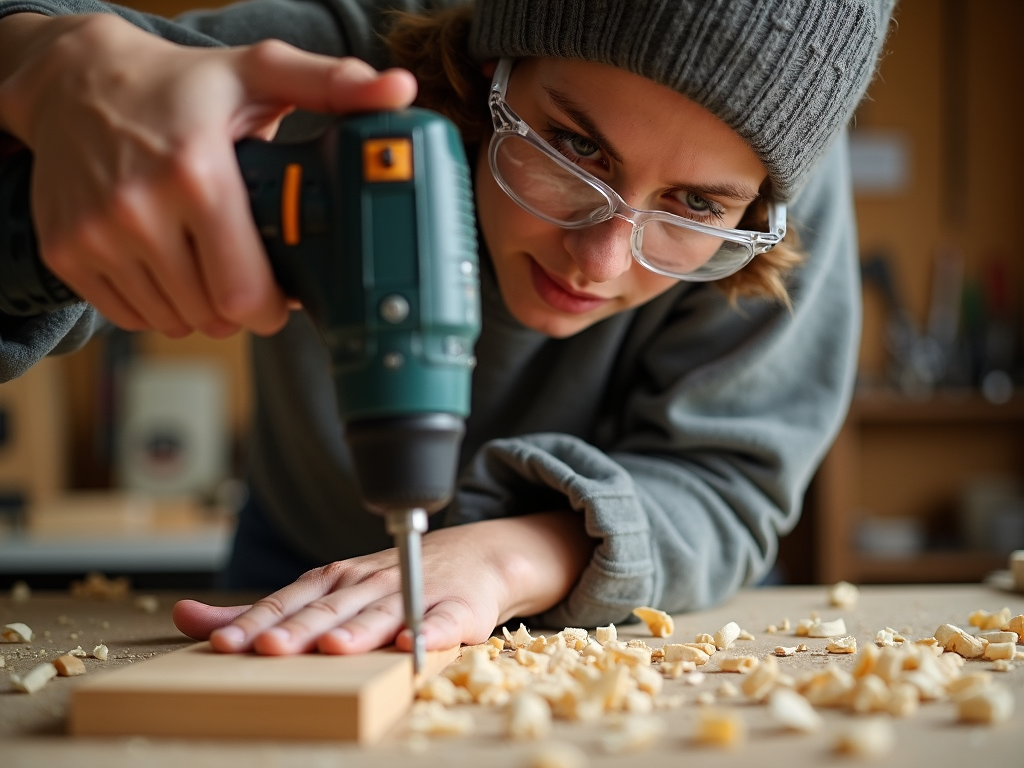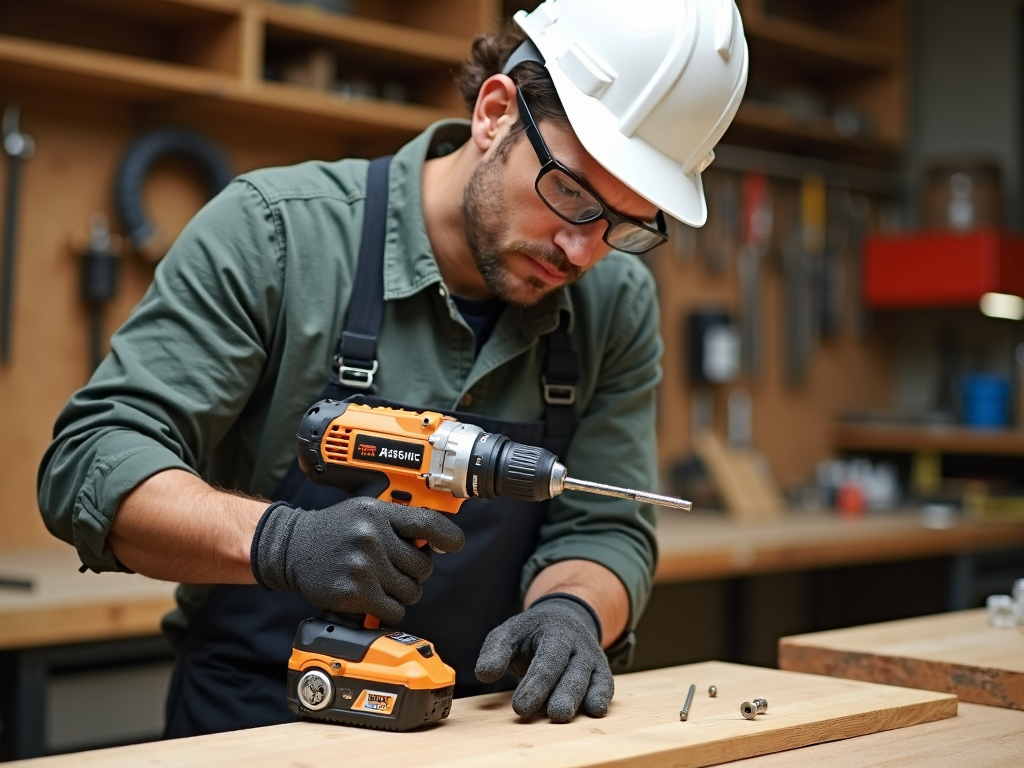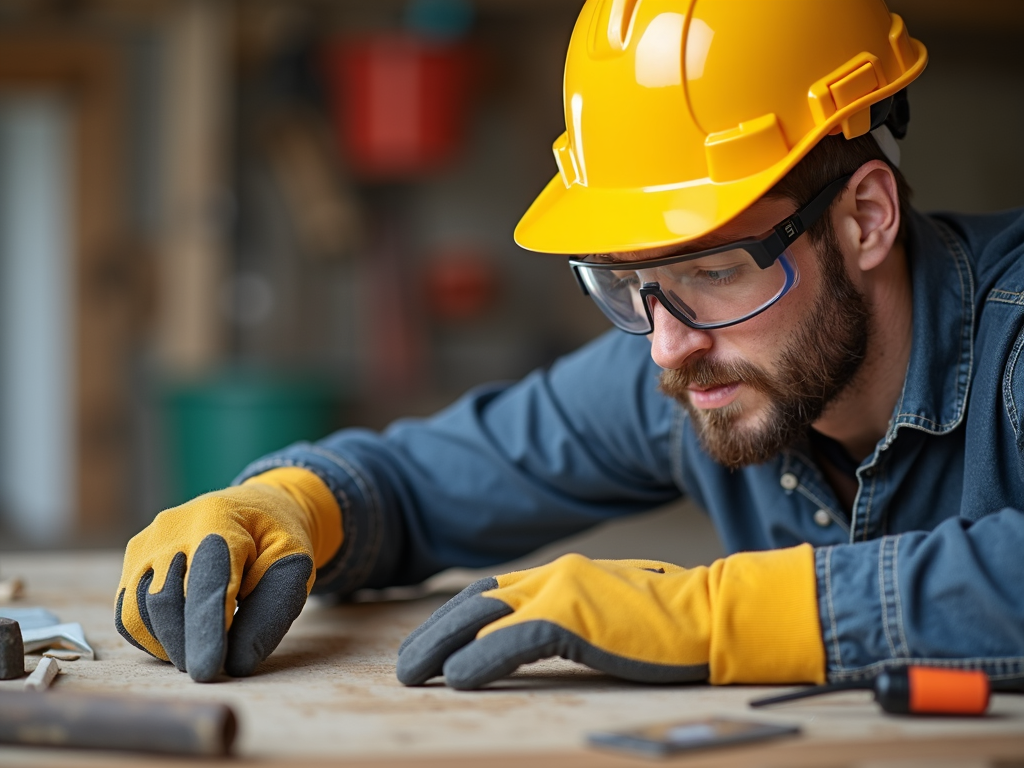Overview:
Choosing the right hammer can make or break your project. This guide cuts through the confusion, helping you pick the perfect tool for any job, whether you’re a DIY newbie or a seasoned pro.
Ever stood in the tool aisle, staring at a wall of hammers, feeling totally lost? I’ve been there. Picking the wrong one can turn a simple task into a nightmare—nails bending, hands aching, or worse, a smashed thumb. That’s why knowing how to choose the best hammer for your needs matters. Let’s dive in and find the right fit for your toolbox.
Why the Right Hammer Makes a Difference
A few years back, I grabbed my trusty claw hammer to frame a shed. Big mistake. It was like using a teaspoon to dig a hole—doable, but exhausting. The right hammer saves time, effort, and frustration. It’s a must-have in any construction tool kit, especially if you’re following A Beginner’s Guide to Building Your Construction Tool Kit. Get it right, and your projects will feel smoother and safer.
Types of Hammers: What’s What?
Not all hammers are created equal. Each type has a job it’s built for. Here’s the lineup:
- Claw Hammer: Your go-to for everyday tasks like driving nails or prying them out.
- Framing Hammer: Beefier, with a longer handle—perfect for construction framing.
- Ball-Peen Hammer: A metalworker’s friend, with a rounded end for shaping.
- Sledgehammer: Heavy and tough, made for smashing or driving big stakes.
- Rubber Mallet: Gentle on surfaces, ideal for assembling furniture or tapping tiles.
Match the hammer to your task, and you’re halfway there.

Here’s a quick table to break it down:
| Hammer Type | Best For | Key Features |
|---|---|---|
| Claw Hammer | General use, nail removal | Curved claw for prying |
| Framing Hammer | Construction framing | Heavier head, long handle |
| Ball-Peen Hammer | Metal shaping | Rounded peen end |
| Sledgehammer | Demolition, stakes | Big head, two-handed grip |
| Rubber Mallet | Delicate assembly | Soft head, no surface damage |
What to Look For When Choosing a Hammer
Picking a hammer isn’t just about looks. Focus on these:
- Weight: Light hammers (16 oz) work for small nails; heavier ones (20-32 oz) tackle big jobs.
- Handle: Wood feels good but wears out; fiberglass lasts longer; steel’s sturdy but vibrates more.
- Grip: You want comfort and control—rubber grips help.
It’s like picking a baseball bat. Swing it in the store. If it feels off, keep looking.

Quick Tip: Did you know the claw isn’t just for nails? I’ve used it to pry apart stuck boards or even twist a stubborn screw in a pinch. Little tricks like that make a good hammer even better.
Keeping Your Hammer in Shape
A hammer’s only as good as you treat it. I learned this the hard way when a rusty head slipped and dinged my wall. Keep it simple:
- Wipe the head clean after use—rust is the enemy.
- Check the handle for cracks or wiggles.
- Store it dry, maybe hanging on a peg.
Treat it right, and it’ll last years.

Hammer Safety: Don’t Skip This
Safety’s no joke. I once saw a buddy skip goggles and get a metal splinter in his eye—scary stuff. Follow these:
- Wear safety glasses every time.
- Hold the handle’s end for power, swing from your elbow.
- Check your space—nobody wants a hammer to the shin.
The U.S. Consumer Product Safety Commission says eye injuries from tools are way too common. Don’t be a statistic.

Budget Smarts: Cheap vs. Quality
Hammers range from $5 to $100+. I’ve snapped cheap ones mid-job—annoying and costly. Spend a bit more for durability. A solid hammer’s a key piece of workman tools, right up there with the best wrench sets for construction workers. Quality pays off.
Specialty Hammers: Niche but Nice
Beyond the basics, some hammers shine in specific roles:
- Dead Blow Hammer: No bounce—great for car repairs.
- Tack Hammer: Tiny and precise for upholstery.
- Brick Hammer: Cuts and sets bricks like a champ.
Got a unique project? These might be your secret weapon.

Mistakes to Dodge
Newbies mess this up all the time:
- Don’t use a claw hammer to smash concrete—it’ll break.
- Avoid super-heavy hammers unless you’re built like a linebacker.
- Skipping maintenance turns a good tool into junk.
Learn from my fumbles—start smart.
Wrapping It Up
Finding the best hammer boils down to knowing your job, picking the right type, and checking weight, handle, and grip. Add some care and safety smarts, and you’re golden. A hammer’s more than a tool—it’s your partner. So, what’s your next project? Drop a comment and let’s chat hammers!
Related How to Choose the Best Hammer for Your Needs:
- Popular Brands for Workman Tools
- How to Choose the Right Hammer for Your Project
- DIY Projects to Test Your New Tools: A Comprehensive Guide
- Top 10 Power Washer Accessories for Car Cleaning
- Essential Workman Tool Maintenance Tips for Longevity and Performance
- Top 10 Electrical Tools Every Homeowner Should Have
- How to Organize Your Workshop for Efficiency
- How to Maintain Your Cordless Power Tools: A Comprehensive Guide
- The Ultimate Guide to Tool Belts for Construction Workers
- Essential Safety Gear for Power Tool Users: A Comprehensive Guide
- Safety First: Using Tools the Right Way
- DIY Safety: Tips to Avoid Common Mistakes
